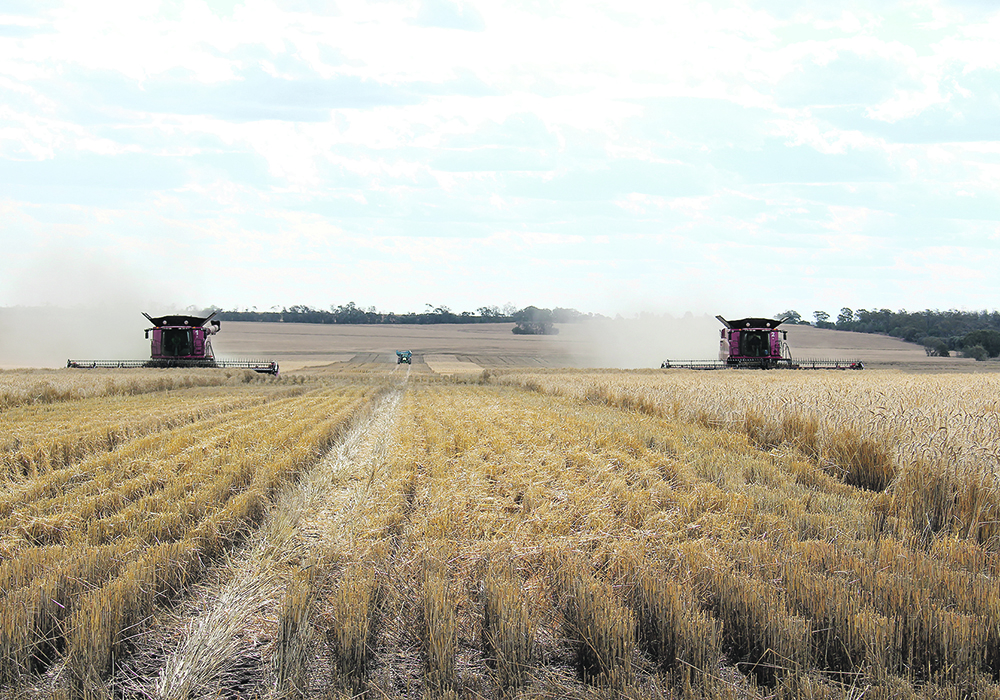More favourable weather after two years of drought helps increase gross grain and oilseed crop values by 58 percent
Australian farm output is expected to reach record levels in 2020-21 as persistent drought that has plagued the country during the past two years gives way to more favourable weather, says the Australian Bureau of Agricultural and Resource Economics and Science.
In an agricultural report released March 2, ABARES said the gross value of Australia’s agricultural production is expected to reach nearly A$66 billion (C$65 billion) in 2020-21, boosted by the country’s second biggest winter crop on record.
Read Also

Message to provincial agriculture ministers: focus on international trade
International trade stakeholders said securing markets in the face of increasing protectionism should be the key priority for Canada’s agriculture ministers.
Significantly larger winter harvests were expected in almost every Australian state with total winter crop volumes from all states forecast to exceed 55 million tonnes, up from 29 million in 2019-20.
Those higher grain volumes will contribute to a 59 percent year-over-year increase in the gross value of grains, oilseeds and pulse crops, ABARES said.
Despite higher prices for cattle and sheep, the gross value of Australian livestock production is expected to drop by eight percent, due to lower slaughter numbers.
Australia’s agricultural exports, meanwhile, are expected to fall slightly in 2020-21.
Crop exports are projected to increase 12 percent to $24 billion but those gains will be offset by lower exports of livestock and meat as Australian livestock producers send fewer animals to slaughter and focus instead on rebuilding herd numbers.
During an annual industry conference hosted by ABARES March 2-5, government and industry officials offered a generally upbeat view of Australia’s agriculture industry.
Agricultural output will depend on weather conditions but is projected to remain in the range of A$58 to $66 billion annually over the next five years.
In a crop report issued last month, ABARES said planting of the country’s 2020-21 summer crop is largely complete with the total planted area estimated at nearly 2.6 million acres, nearly three times larger than summer crop plantings in the drought affected 2019-20 crop year.
Summer crop production was projected at roughly 3.3 million tonnes, up from 880,000 tonnes a year earlier.
In a March 2 presentation, ABARES’ acting executive director, Jared Greenville, called the rebound in Australia’s agricultural production “exceptional.”
“At the same time as the COVID-19 pandemic began, the sector was dealing with its third consecutive year of production declines on the back of continued poor seasonal conditions,” Greenville said.
“However, as 2020 unfolded, seasonal conditions began to shift towards favourable, helping lift the sector’s gross value of production to an all-time high….”
Meat and livestock prices are expected to remain strong for some time, due to reduced Australian slaughter numbers and ongoing concerns over African swine fever in China.
Prices in the Australian crop sector are more uncertain, Greenville added.
Chinese trade restrictions that have affected the Australian barley and wine industries could potentially be expanded to include other farm commodities.
Although Australian products are recognized in China for their safety and quality, Chinese buyers would have no trouble sourcing products of similar quality from other exporting countries, he said.
















